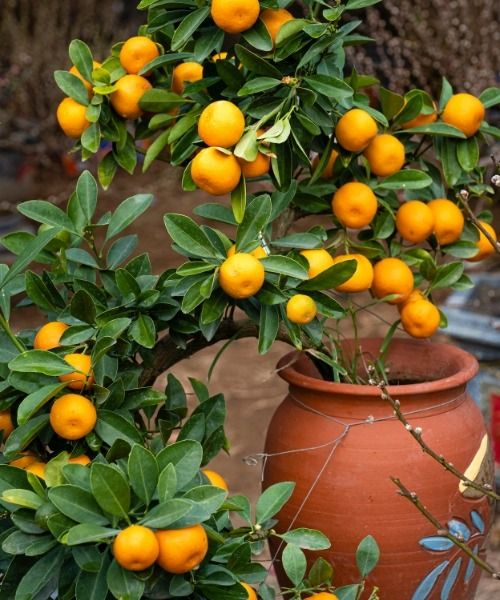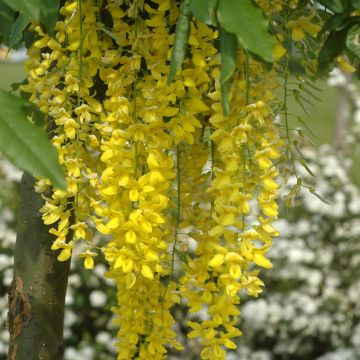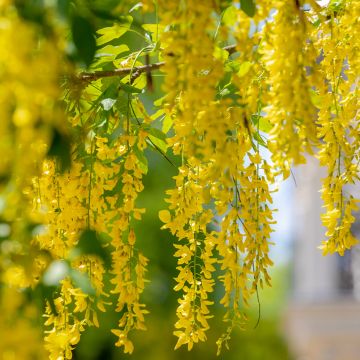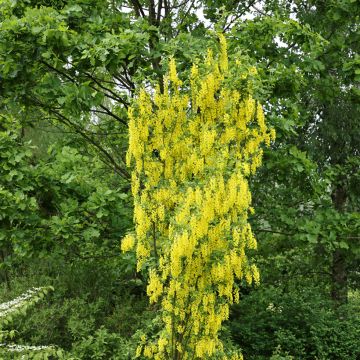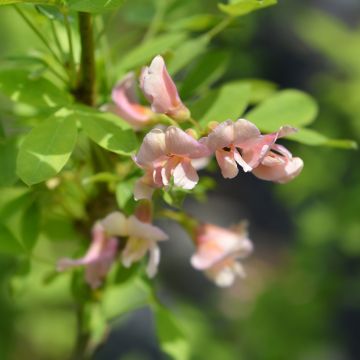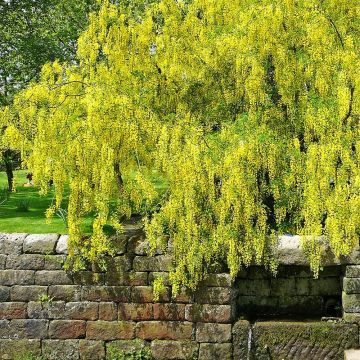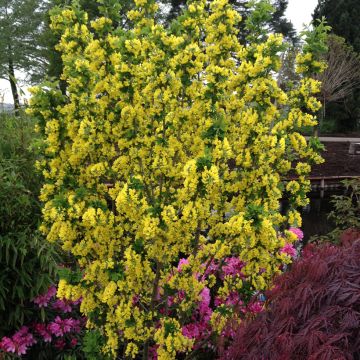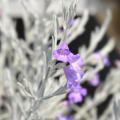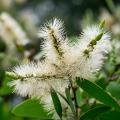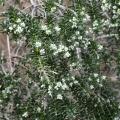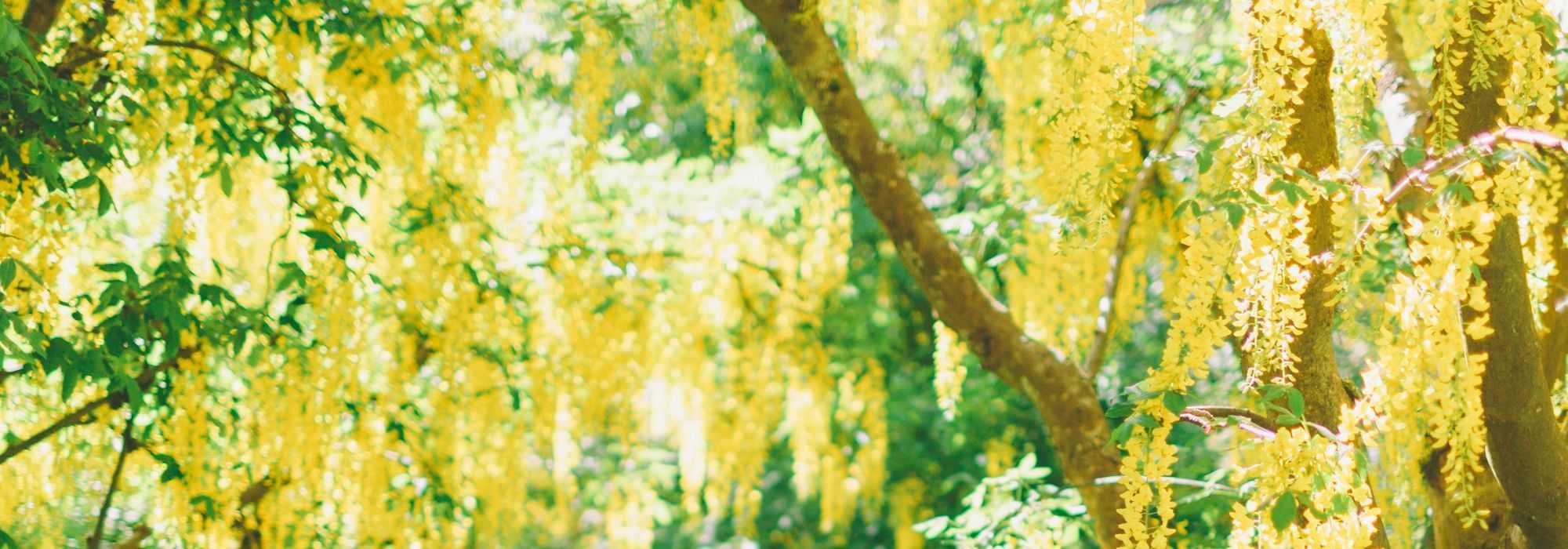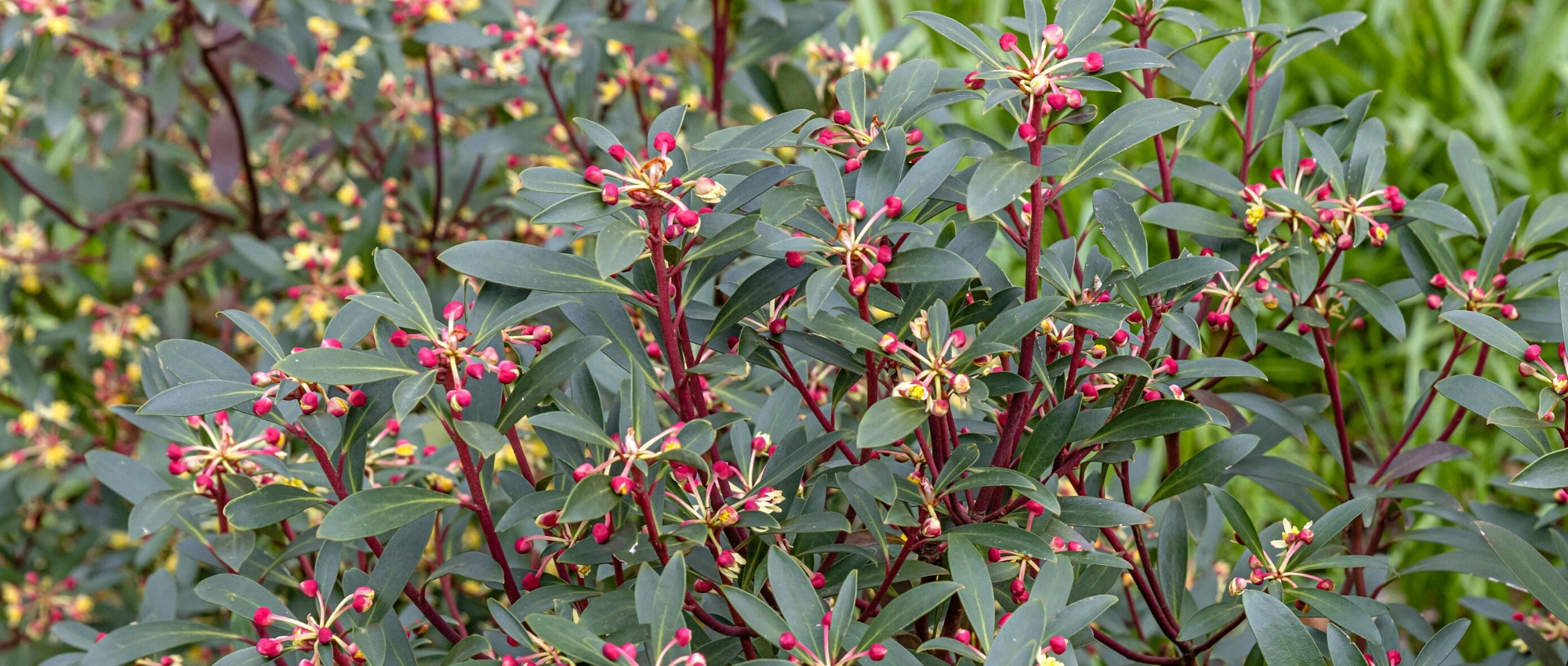Laburnum
Would this plant suit my garden? Set up your Plantfit profile →
Available in 1 sizes
Available in 3 sizes
Available in 1 sizes
Available in 1 sizes
Available in 1 sizes
Available in 1 sizes
Originating from mountainous regions in central and southern Europe, Laburnum anagyroides or Common Laburnum or is a large bush of the Fabaceae family with a spreading or weeping habit, quickly reaching up to 8m (26ft) in all directions. It produces long pendulous clusters of flowers, of a splendid golden yellow colour, which are very attractive to bees and fragrant from May to July. The foliage is deciduous, of a bright green colour and composed of 3 ovate leaflets. Very hardy, Laburnum anagyroides grows in well-drained, poor, and chalky soils. It appreciates the sun or partial shade, but preferably sheltered from the wind. The standard form is the most natural and undoubtedly the most suitable in our gardens. You can plant a laburnum as a single specimen, in a group, or place it in ahn informal hedge, accompanied by other flowering bushes such as lilac, a trained wisteria, mock orange, Japanese kerria, or Japanese quince.
Laburnum x watereri 'Vossii', known as the Golden Rain Laburnum, resulting from a hybridization between Laburnum anagyroides and Laburnum alpinus, is also a deciduous and very hardy bush, with a remarkable flowering, in very long clusters of bright yellow and fragrant flowers. They bloom in late spring and until early summer. This variety has darker foliage than the common laburnum and does not produce seeds.
Haven't found what you were looking for?

































